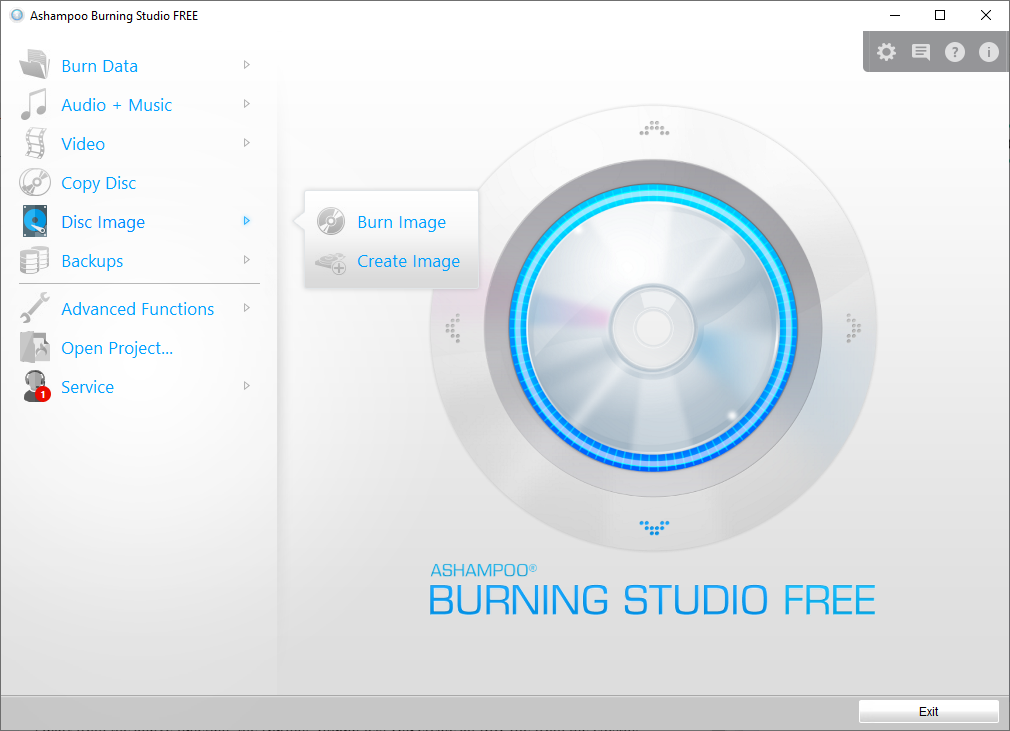
If it works on a standard DVD+RW disc it should certainly work on a standard DVD+R. I don't have many physical DVD's any more - but I keep the odd R/W one around just in case. (Note I used W10 PRO so I didn't have education etc in it so some people are probably correct in the fact that if you have all the components the file is too big for a standard DVD).

Just tested it - Burns to a BOG STANDARD DVD+RW DVD - simply used the built in Windows Burn to Disk - Had to use a USB DVD burner as my laptop doesn't have any optical media. The same is pretty much true for HDD/Hard Disk Drives, always less capacity after formatting. That's why I use the DVD+R/DL discs whenever there's a question about it all fitting. For tips on locating your product key, check Find your Office 2010 product key or Enter the product key for your Office 2007 program.I've always have to keep in mind that a 4.7GB DVD disc is advertised before formatting, 4.2GB being normal. If you have Office 2010 or earlier and choose to perform a clean install of Windows 10, you will need to locate your Office product key. For more information, check How to upgrade to Windows 10 on new devices that include Office 365. To redeem your copy of Office, please see Download and install Office 365 Home, Personal, or University on your PC. If you just purchased a new device that includes Office 365, we recommend redeeming (installing) Office before upgrading to Windows 10. Please see the Volume Licensing Service Center for more information. Windows 10 Enterprise isn’t available here. To check what edition you're currently running, go to PC info in PC settings or System in Control Panel, and look for Windows edition. You should also choose the same edition of Windows. To see what language you're currently using, go to Time and language in PC settings or Region in Control Panel.

You'll need to choose the same language when you install Windows 10. We also recommend that you visit your PC manufacturer's website for info about updated drivers and hardware compatibility. See the system requirements before installing Windows 10.

To check this on your PC, go to PC info in PC settings or System in Control Panel, and look for System type. You’ll create either the 64-bit or 32-bit version of Windows 10 that’s appropriate for your CPU.


 0 kommentar(er)
0 kommentar(er)
